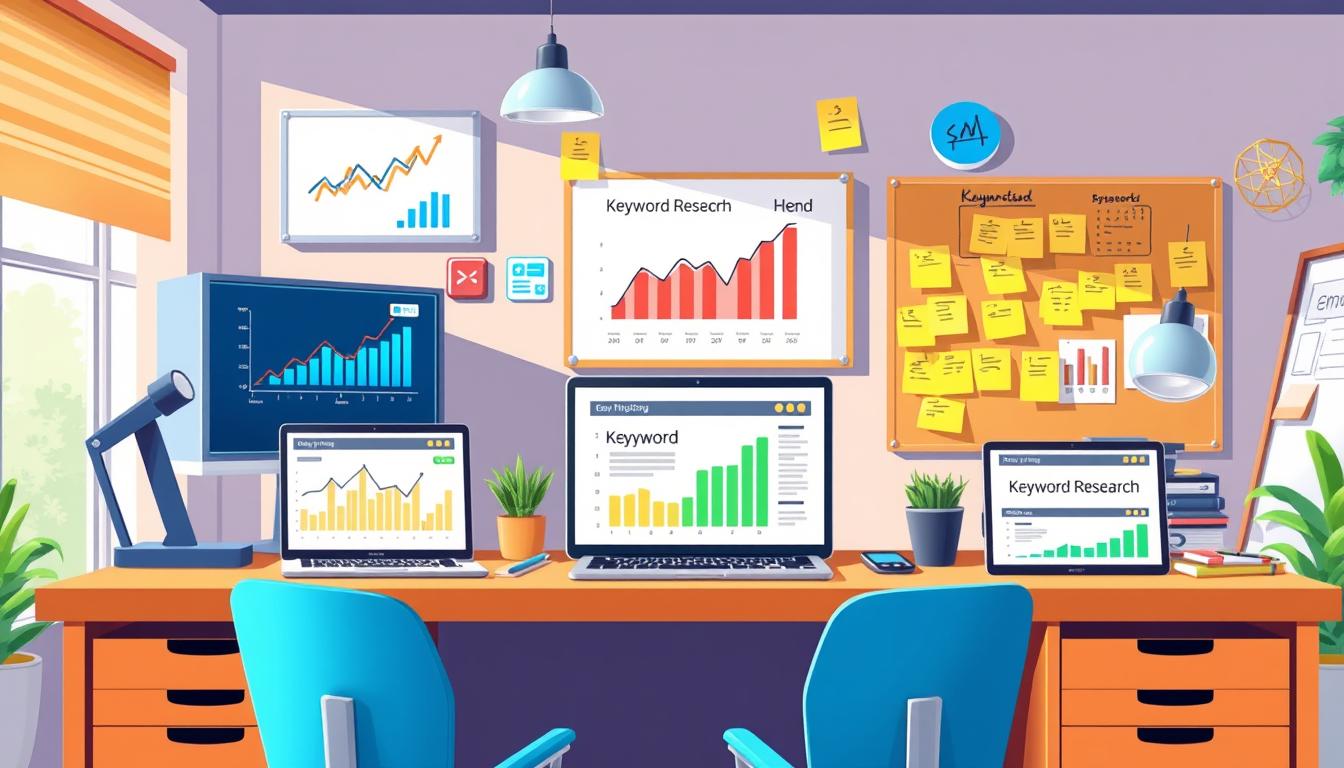To effectively coordinate multiple channels like email, SMS, and social media, you need a unified strategy that delivers consistent, personalized messages across every touchpoint. By integrating these platforms, you can create seamless customer journeys that adapt to behaviors and preferences in real-time. This approach boosts engagement, builds trust, and enhances loyalty. When you align messaging and timing, your customers enjoy a more cohesive experience—especially as you explore deeper strategies to optimize your campaigns.
Key Takeaways
- Synchronize messaging and timing across channels to ensure a cohesive customer experience.
- Use cross-platform analytics to gain a complete view of customer interactions and preferences.
- Personalize content based on customer behaviors across email, SMS, and social media for relevant engagement.
- Coordinate campaigns strategically to reinforce messaging and guide customers seamlessly from awareness to purchase.
- Adapt and optimize customer journeys in real-time by responding to engagement signals across channels.

Have you ever wondered how businesses deliver a seamless customer experience across multiple platforms? It’s not just about sending messages through different channels; it’s about weaving them together into a cohesive journey that feels personalized and engaging. The key lies in effective multi-channel coordination, where strategies like personalization and cross platform analytics play vital roles. When you utilize personalization strategies, you tailor each interaction based on customer preferences, behaviors, and past interactions. This means that whether your customer receives an email, SMS, or social media message, the content resonates with their needs and interests. Personalization isn’t just about inserting their name; it’s about delivering relevant offers, timely information, and consistent messaging that builds trust and loyalty.
To make this happen seamlessly, you need to leverage cross platform analytics. These tools help you understand how your customers interact across different channels, allowing you to see the complete picture of their journey. For example, if someone opens your email but doesn’t click through, cross platform analytics can identify this behavior and inform your next move—perhaps a targeted SMS or a retargeting ad on social media. This insight helps you optimize your messaging, ensuring that each touchpoint feels connected and intentional. Without cross platform analytics, you’re fundamentally flying blind, missing the opportunity to personalize at scale or correct course based on real-time data.
Coordinating email, SMS, social media, and other channels requires more than just automation; it demands a strategic approach that aligns messaging and timing. When you synchronize your campaigns, you create a unified voice that guides customers effortlessly from awareness to purchase—and beyond. For example, after a customer engages with your email, they might receive a complementary SMS reminder or a social media follow-up that reinforces the message. This consistency encourages engagement and reduces the chances of disjointed experiences that can frustrate your audience.
Furthermore, integrating these channels allows you to adapt quickly to customer responses. If a customer shows interest on social media but ignores emails, you can pivot your strategy instantly—maybe by offering a special promo via SMS or retargeting ads—making your efforts more effective. The beauty of multi-channel coordination is that it turns a collection of isolated touchpoints into a fluid, personalized journey. When you harness personalization strategies and cross platform analytics, you create a customer experience that’s not only seamless but also deeply engaging, encouraging loyalty and advocacy.
Frequently Asked Questions
How Do I Measure Success Across Multiple Communication Channels?
You measure success across multiple channels by leveraging cross-channel analytics and campaign attribution. Track key metrics like engagement, conversion rates, and ROI to see what works best. Use campaign attribution models to understand how each touchpoint contributes to conversions, ensuring you’re accurately evaluating performance. Regularly analyze this data to optimize your strategies, improve customer experience, and maximize overall campaign effectiveness across all communication platforms.
What Are the Best Practices for Personalizing Messages in Multi-Channel Campaigns?
To personalize messages effectively, you should use segmentation strategies to tailor content to specific audience groups. Focus on collecting relevant data, such as preferences and behaviors, to create personalized content that resonates. Use dynamic content features across channels to deliver relevant messages in real-time. This approach guarantees your audience feels valued, increases engagement, and boosts campaign success by providing them with meaningful, targeted experiences.
How Can I Ensure Consistent Brand Messaging Across Platforms?
To guarantee consistent brand messaging across platforms, you need to focus on maintaining brand consistency and messaging alignment. Start by establishing clear brand guidelines covering tone, visuals, and key messages. Use these guidelines to craft your content, ensuring each channel reflects the same voice and style. Regularly review your campaigns, coordinate with your team, and leverage automation tools to keep your messaging aligned, reinforcing your brand identity everywhere.
What Security Measures Are Necessary for Multi-Channel Customer Data?
Think of your customer data as a precious vault you guard fiercely. You need robust data encryption to keep information locked tight and access controls to restrict entry to trusted hands only. Regularly update security protocols, monitor activity for suspicious behavior, and train your team on best practices. These steps create an unbreakable shield, ensuring your customer’s trust remains intact as you navigate the multi-channel landscape.
How Do I Handle Customer Preferences for Different Communication Channels?
You should start by gathering clear channel preferences from your customers through surveys or preference centers. Use customer segmentation to group them based on their preferred communication channels. Respect their choices by tailoring your messaging strategies accordingly, ensuring relevant content reaches the right audience. Regularly update these preferences, and provide easy options for customers to modify their communication settings, fostering trust and improving engagement.
Conclusion
By weaving together email, SMS, social media, and more, you create a symphony of communication that resonates with your audience. Think of it as conducting an orchestra where each channel plays its part perfectly, ensuring your message hits every note. When you coordinate these channels seamlessly, your outreach becomes a powerful melody that captures attention and fosters engagement. Embrace multi-channel harmony, and watch your connection with customers grow stronger than ever.
Natali – Editor in Chief (Strategy and Mastery, AI Expert) Natali, our Editor in Chief, is the driving force behind our content’s strategic direction. With a keen eye for detail and a deep understanding of market trends, Natali ensures that our content is top-notch and strategically aligned with our client’s goals. Her expertise in AI helps to seamlessly integrate advanced technology into our marketing strategies, pushing the boundaries of conventional marketing.









![Personalization Basics: Beyond "Hello [Name]" in Your Emails 15 advanced email personalization techniques](https://leftbrainmarketing.net/wp-content/uploads/2025/11/advanced_email_personalization_techniques_7bop8-260x140.jpg)
